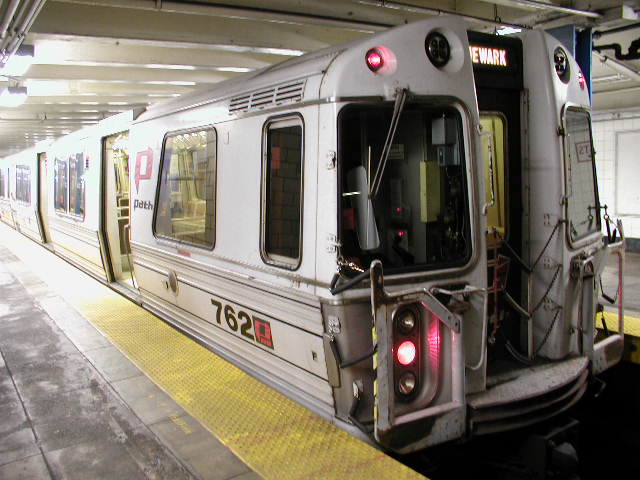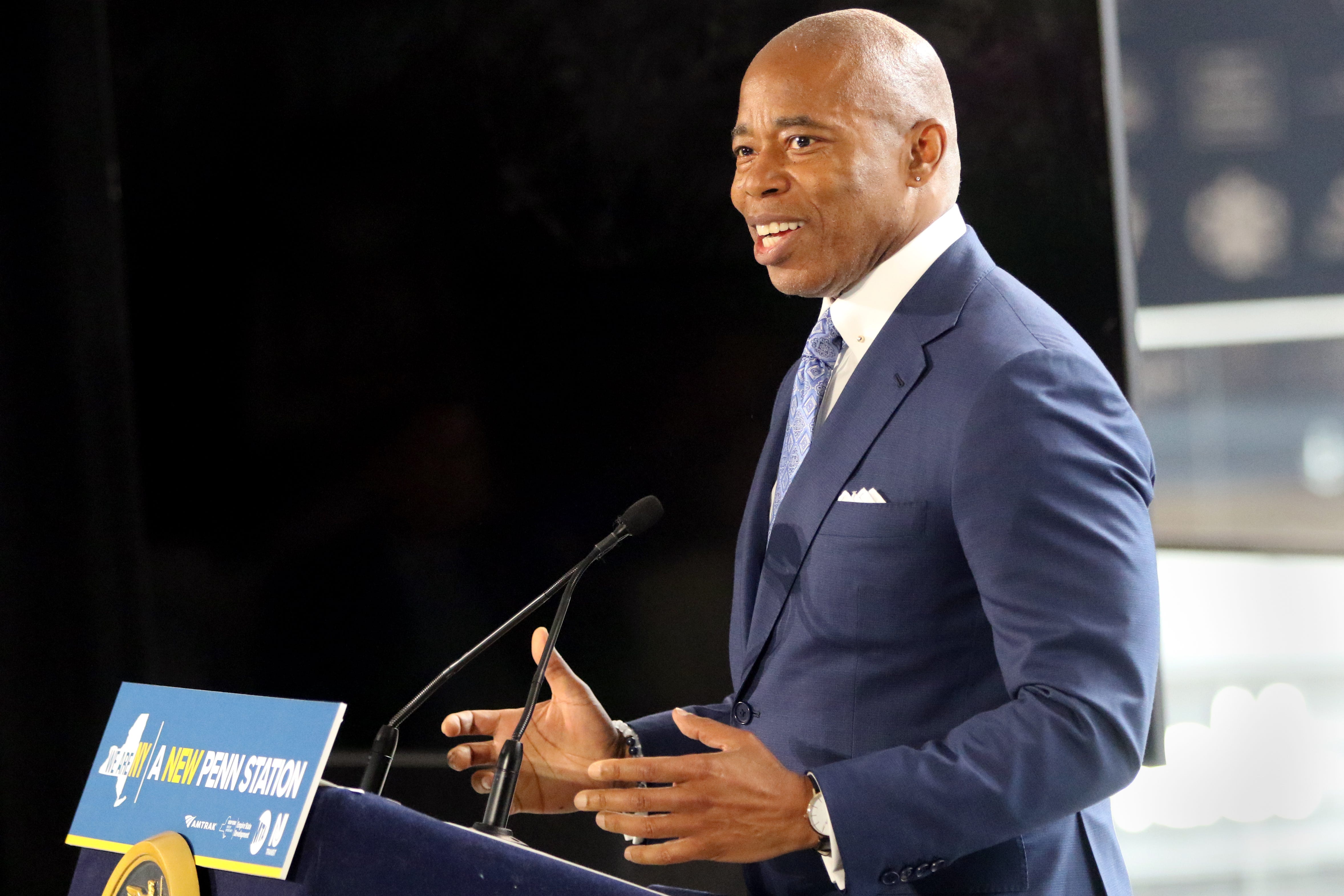Gas Leak Chaos! Morningside Heights Evacuated: Updates
Morningside Heights Gas Leak: What You Need to Know
A Morning Disruption in Morningside Heights
Imagine starting your Wednesday with a bang – not the good kind. That's exactly what happened in Morningside Heights when a high-pressure gas line was struck, leading to evacuations and a whole lot of disruption. Repairs are now underway, but let's dive into what exactly happened and what it means for the neighborhood.
The Accidental Strike
According to the FDNY, the culprit was an excavation crew working near Broadway and West 122nd Street. We've all been there, right? Construction crews are a constant presence in NYC, but sometimes, accidents happen. In this case, it was a pretty significant one: they struck a high-pressure gas line.
The Aftermath: Evacuations and Alarms
Thankfully, no one was injured in the incident. A News 4 crew on the scene reported a deafening noise that thankfully ceased as repairs began. Seven buildings in Morningside Heights were evacuated, including the prestigious Manhattan School of Music. Can you imagine being a student in the middle of practice or a class and hearing that alarm?
The Student Perspective
Michelle Ji, a student at the Manhattan School of Music, shared her experience: "I was in one of my classes. We've had a lot of drills. When we heard the alarm, we thought it might be a drill." It's almost comical, isn't it? The sheer number of drills can desensitize you to the real thing.
Immediate Actions: Securing the Area
NYC emergency officials acted swiftly. Gas service was shut off to affected customers, and valves were secured. The good news? No other utilities were impacted. It's always a relief when an incident like this doesn't snowball into something even bigger.
Restoration of Service: A Race Against Time
The goal was clear: restore service as quickly as possible. And, thankfully, they succeeded! Gas service was restored before 10 p.m. That's a testament to the dedication and efficiency of the emergency crews. It could have been much worse.
Transportation Disruptions: The No. 1 Train
The No. 1 train service through the area was temporarily suspended. Public transit is the lifeblood of New York City, so disruptions like this can ripple through the entire city. However, it was a necessary precaution to ensure public safety during the gas leak incident. Commutes must've been crazy!
Analyzing the Cause: Why Excavation Accidents Happen
Let's be real: excavation accidents are not uncommon in densely populated areas like New York City. But why do they happen?
Human Error: A Leading Factor
Sometimes, it boils down to human error. Maybe the plans weren't consulted properly, or perhaps there was a miscommunication on site. Whatever the reason, it's a reminder that even with the best technology, we're still susceptible to mistakes.
Inaccurate Mapping: The Hidden Dangers
Outdated or inaccurate utility maps can also contribute to these accidents. Imagine trying to navigate without a proper map – you're bound to get lost! The same applies to excavation: if the maps don't accurately show the location of gas lines, the risk of striking one increases exponentially.
Lack of Communication: A Recipe for Disaster
Clear communication between the excavation crew, utility companies, and local authorities is crucial. A breakdown in communication can lead to misunderstandings and, ultimately, accidents. It's like a game of telephone – the message can get distorted along the way.
Preventing Future Incidents: Lessons Learned
The Morningside Heights gas leak serves as a valuable learning experience. How can we prevent similar incidents from happening in the future?
Enhanced Training and Education
Investing in better training and education for excavation crews is essential. This includes teaching them how to identify utility lines, interpret maps, and respond to emergencies. Think of it as equipping them with the right tools for the job.
Improved Mapping Technology
Embracing modern mapping technology, such as ground-penetrating radar and GPS, can help create more accurate and up-to-date utility maps. This provides a clearer picture of what lies beneath the surface, reducing the risk of accidental strikes.
Mandatory Communication Protocols
Establishing mandatory communication protocols between all parties involved in excavation projects can prevent misunderstandings and ensure everyone is on the same page. This could involve regular meetings, checklists, and designated communication channels.
The Community Response: Resilience in the Face of Disruption
The Morningside Heights community demonstrated remarkable resilience in the face of the gas leak. Residents followed evacuation orders, and local businesses adapted to the temporary disruptions. It's a testament to the spirit of New Yorkers: we're tough, we're adaptable, and we always bounce back.
The Broader Impact: Infrastructure Safety
This incident also highlights the importance of maintaining and upgrading our aging infrastructure. Many of the utility lines in New York City are decades old, and it's crucial to invest in their upkeep to prevent future accidents. Think of it as giving our city a much-needed checkup.
Conclusion: Key Takeaways from the Morningside Heights Gas Leak
So, what are the key takeaways from the Morningside Heights gas leak? First, accidents happen, but we can learn from them. Second, clear communication and accurate mapping are essential for preventing excavation mishaps. Third, investing in infrastructure maintenance is crucial for public safety. And finally, the Morningside Heights community demonstrated resilience in the face of adversity.
Frequently Asked Questions
Here are some frequently asked questions about the Morningside Heights gas leak:
- What caused the gas leak in Morningside Heights?
The gas leak was caused by an excavation crew accidentally striking a high-pressure gas line near Broadway and West 122nd Street.
- Were there any injuries reported?
Thankfully, no injuries were reported as a result of the gas leak incident.
- Which buildings were evacuated?
Seven buildings in Morningside Heights were evacuated, including the Manhattan School of Music.
- How long did it take to restore gas service?
Gas service was restored to affected customers before 10 p.m. on the same day of the incident.
- What measures are being taken to prevent similar incidents in the future?
Efforts are being made to enhance training for excavation crews, improve mapping technology, and establish mandatory communication protocols for excavation projects.



